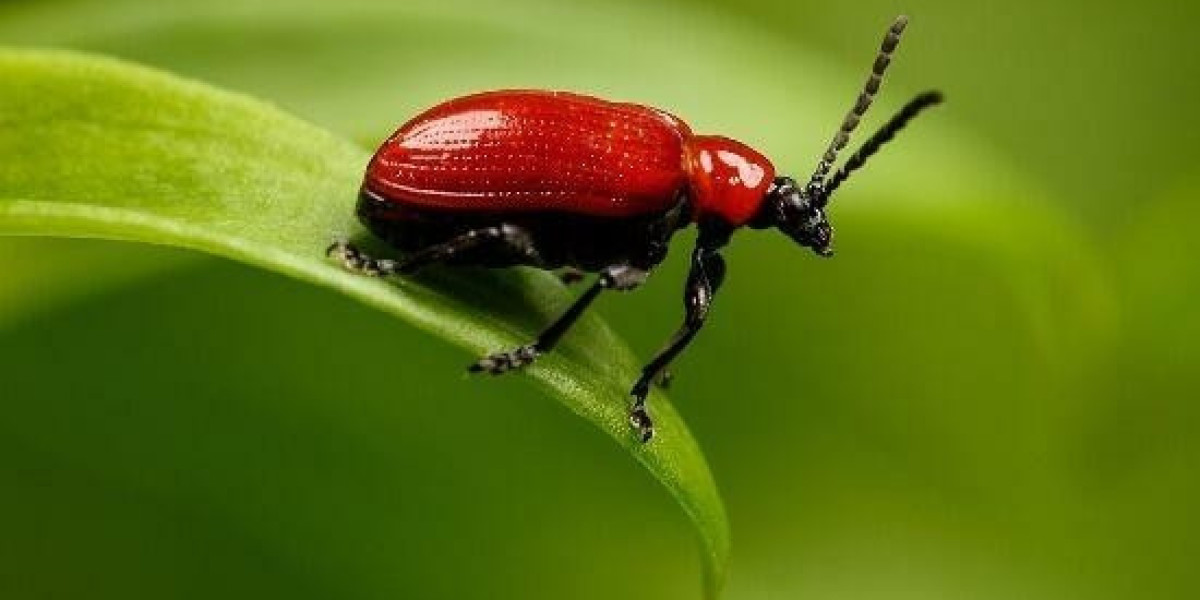Constantly the biodiesel market is trying to find some option to produce renewable resource. Biodiesel prepared from canola, sunflower and jatropha curcas can replace or be combined with standard diesel. During first half of 2000's jatropha biofuel made the headings as a popular and promising alternative. It is prepared from jatropha curcas, a plant types belonging to Central America that can be grown on wasteland.
Jatropha Curcas is a non edible plant that grows in the deserts. The plant grows really quickly and it can yield seeds for about 50 years. The oil got from its seeds can be utilized as a biofuel. This can be mixed with petroleum diesel. Previously it has been utilized two times with algae mix to sustain test flight of airlines.

Another favorable technique of jatorpha seeds is that they have 37% oil material and they can be burned as a fuel without refining them. It is likewise used for medical function. Supporters of jatropha biodiesel say that the flames of jatropha curcas oil are smoke free and they are effectively checked for easy diesel engines.
Jatropha biodiesel as Renewable resource Investment has brought in the interest of lots of companies, which have actually checked it for automobile usage. jatropha curcas biodiesel has been road checked by Mercedes and 3 of the vehicles have actually covered 18,600 miles by utilizing the jatropha plant biodiesel.
Since it is due to the fact that of some downsides, the jatropha biodiesel have actually ruled out as a wonderful eco-friendly energy. The greatest issue is that nobody understands that just what the efficiency rate of the plant is. Secondly they do not understand how large scale growing might impact the soil quality and the environment as a whole. The jatropha plant requires five times more water per energy than corn and sugarcane. This raises another problem. On the other hand it is to be kept in mind that jatropha curcas can grow on tropical climates with yearly rainfall of about 1000 to 1500 mm. A thing to be kept in mind is that jatropha requires proper irrigation in the first year of its plantation which lasts for decades.
Recent survey states that it is real that jatropha curcas can grow on abject land with little water and poor nutrition. But there is no evidence for the yield to be high. This may be proportional to the quality of the soil. In such a case it might need high quality of land and might require the very same quagmire that is dealt with by most biofuel types.
Jatropha has one main downside. The seeds and leaves of jatropha are harmful to humans and livestock. This made the Australian federal government to ban the plant in 2006. The federal government stated the plant as invasive types, and too dangerous for western Australian agriculture and the environment here (DAFWQ 2006).
While jatropha curcas has promoting budding, there are variety of research study difficulties remain. The significance of detoxification needs to be studied since of the toxicity of the plant. Along side a systematic study of the oil yield have to be carried out, this is really important because of high yield of jatropha would most likely needed before jatropha can be contributed significantly to the world. Lastly it is likewise very crucial to study about the jatropha types that can make it through in more temperature level climate, as jatropha is quite limited in the tropical climates.







